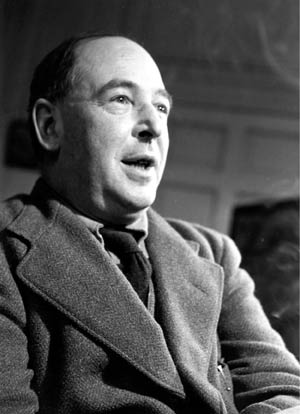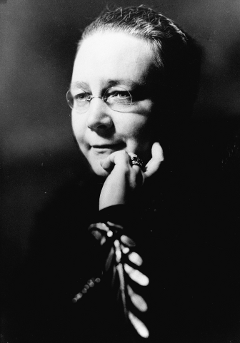In a previous post, I showed how C. S. Lewis praised Dorothy L. Sayers’s book, The Mind of the Maker, and offered one example. I would like to add to that today with some similarities I see between what Lewis wrote in some of his works and what Sayers wrote in her book.
Chapter three, “Idea, Energy, and Power,” develops Sayers’s thesis by showing how any completed work in life starts with an idea in the mind. This correlates nicely with what Lewis said to his brother, Warnie, when the idea of a senior devil instructing a junior devil popped into his mind while sitting in church. He later explained that the genesis of Narnia was “a picture” in his mind “of a faun carrying an umbrella and parcels in a snowy wood.” He also noted that when he decided to write the tales, “Aslan came bounding into it.” How? “I think I had been having a good many dreams of lions about that time.” Sayers is making the same point in this chapter. As she notes,
The ordinary man is apt to say: “I thought you began by collecting material and working out the plot.” The confusion here is not merely over the words “first” and “begin.” In fact, the “Idea”—or rather the writer’s realization of his own idea—does precede any mental or physical work upon the materials or on the course of the story within a time-series.
In chapter four, “The Energy Revealed in Creation,” she stresses that a truly imaginative work demands some diversity within it to properly emphasize the unity. The other side of an argument, so to speak, must be given voice in order to give the work its “vital power.” Literature that is merely “edifying” or “propaganda” will lose that vital power. “The Energy is active only in one part of the whole, and in consequence the wholeness is destroyed and the Power diminished. You cannot, in fact, give God His due without giving the devil his due also.”
This is essentially what Lewis does in Perelandra when he allows the ongoing dialogue/argument between Ransom and Weston (the Un-man). If there were no counterpoint to the truths Ransom is offering the Green Lady of that planet, the drama would be sapped from the narrative. It’s the dynamic of the diversity of views that ultimately reveals the soundness of what Ransom is saying. The story would be lifeless—except for the descriptions of the beauty of the unfallen environment—and there would be little reason to invest time in it because it would only be a work of propaganda.
Lewis also guided his readers into an appreciation for a written work itself and downplayed the desire to delve more into the author than the work the author has given us.
Sayers says virtually the same thing when she asserts, “To put it crudely, we may, and do, know the Iliad without knowing Homer.” She bemoans the many foolish speculations about Shakespeare and admonishes, “The itch for personally knowing authors torments most of us; we feel that if we could somehow get at the man himself, we should obtain more help and satisfaction from him than from his chosen self-revelation.” It’s only natural to desire greater knowledge of the author of a work—after all, isn’t that what we do with writers like Lewis and Sayers? But Sayers wants us to focus on what, in her view, is more important. “it is desirable to bear in mind—when dealing with the human maker at any rate—that his chosen way of revelation is through his works. To persist in asking, as so many of us do, “What did you mean by this book?” is to invite bafflement: the book itself is what the writer means.”
These similarities between Lewis and Sayers I find fascinating. They met occasionally to speak of their common interest in the art of writing and from what I know of Lewis, he undoubtedly enjoyed these meetings of the minds. I can understand why Lewis commented, “I liked her, originally, because she liked me; later, for the extraordinary zest and edge of her conversation—as I like a high wind.”
I plan a third installment of The Mind of the Maker soon. I hope you’ll come back.



